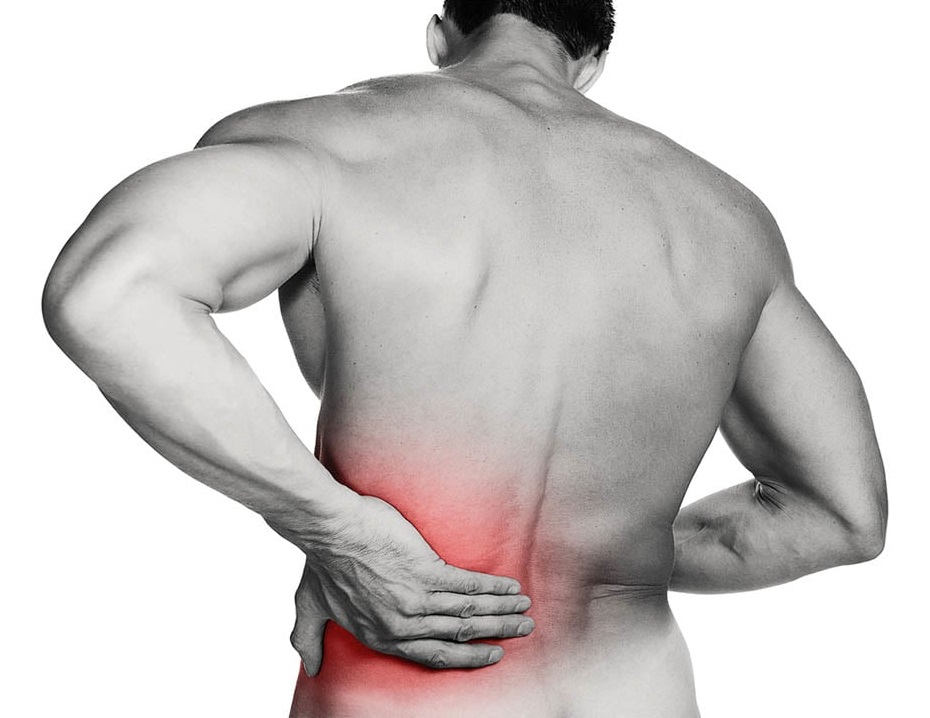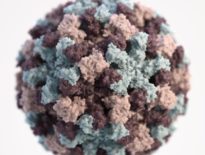
Low back pain is very common. The vast majority of people reading this sentence have had low back pain at some time in their lives. It is one of the most common reasons for physician visits in the U.S. and results in an estimated $100 billion in annual costs. Given the very high prevalence of low back pain, you would think that we would already have noninvasive treatments that are proven to be safe and effective. You’d be wrong.
Recently the American College of Physicians (ACP) reviewed existing studies about noninvasive treatments for low back pain. (Noninvasive means that they did not consider surgery or injections. These invasive treatments are required in only a small minority of cases.) In February the APC used this evidence review to publish new recommendations for the treatment of low back pain.
For patients with acute (less than four weeks) or subacute (four to twelve weeks) low back pain, the ACP recommendations remind us that most patients improve regardless of treatment. Treatment without medication is recommended first (for example, with superficial heat). If medications are desired by the patient and the physician, nonsteroidal anti-inflammatory drugs (NSAIDs) and muscle relaxants are recommended.
For patients with chronic (longer than twelve weeks) low back pain, the ACP again recommends nonpharmacological treatment with exercise, rehabilitation programs, acupuncture, or mindfulness-based stress reduction. If that doesn’t help, the first-line medicines to consider are NSAIDs. The second line medications are tramadol (Ultram) or duloxetine (Cymbalta). Opioids should only be considered in patients for whom the above options have been ineffective and if the potential benefits outweigh the risks for the individual patient.
The recommendations above are based on moderate-quality evidence. (The ACP uses a formal ranking of the quality of evidence in the studies reviewed.) Some of the recommendations are based on low-quality evidence, which I didn’t include above.
The striking difference between the current recommendations and the previous ones is that medications are no longer recommended as first-line treatment. This isn’t because the nonpharmacological treatments are proven to be so effective. It’s because we’ve learned how modestly effective medication is for low back pain, and we’ve come to appreciate the side effects that medications can cause.
So these are not so much new recommendations about new effective treatments for low back pain, but rather a retraction of the prior recommendations because of how much we realize we don’t know. The recommendations don’t include any high-quality evidence, because there have been no large well-designed randomized trials evaluating various therapies for low back pain.
The bottom lines are these. For chronic low back pain none of the known therapies are extremely effective, and all medications have side effects, so the prevailing philosophy is: if you’re going to prescribe placebo, at least make it a safe one. For acute and subacute back pain, almost everyone gets better regardless of treatment. So the best treatment is time. Perhaps that’s why we call you patients.
Learn more:
Noninvasive Treatments for Acute, Subacute, and Chronic Low Back Pain (summaries for patients, Annals of Internal Medicine)
Low Back Pain Treatment (American College of Physicians video)
No Drugs for Back Pain, New Guidelines Say (Wall Street Journal)
Forget the drugs, the answer to back pain may be Tai chi, massage (USA Today)
Noninvasive Treatments for Acute, Subacute, and Chronic Low Back Pain: A Clinical Practice Guideline From the American College of Physicians (Annals of Internal Medicine)
My previous posts about prescription pain medicine abuse:
The Scourge Of Prescription Pain Medicine Abuse (2014)
Surgeon General Vivek Murthy Releases Report On Addiction Epidemic (2016)

